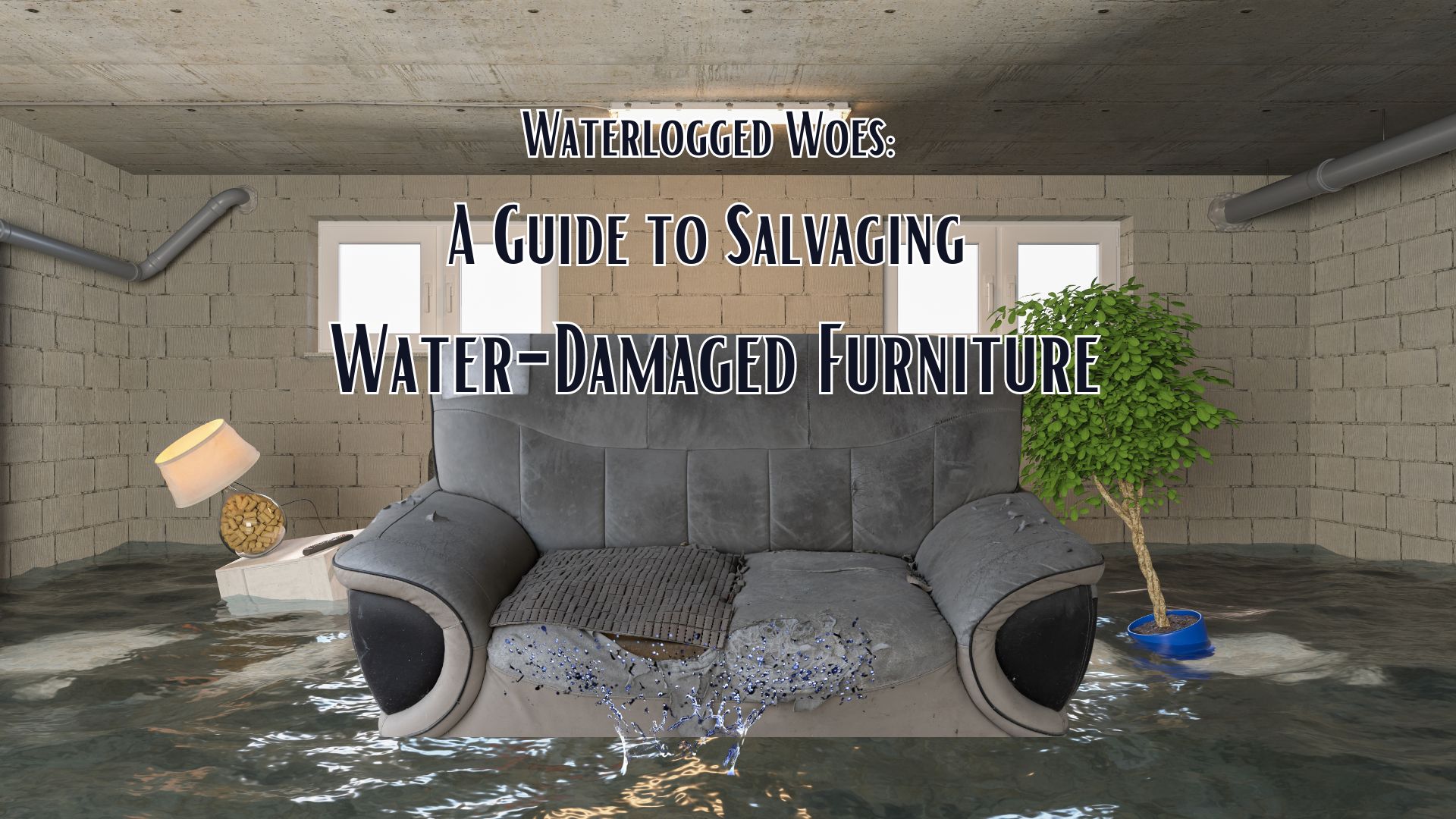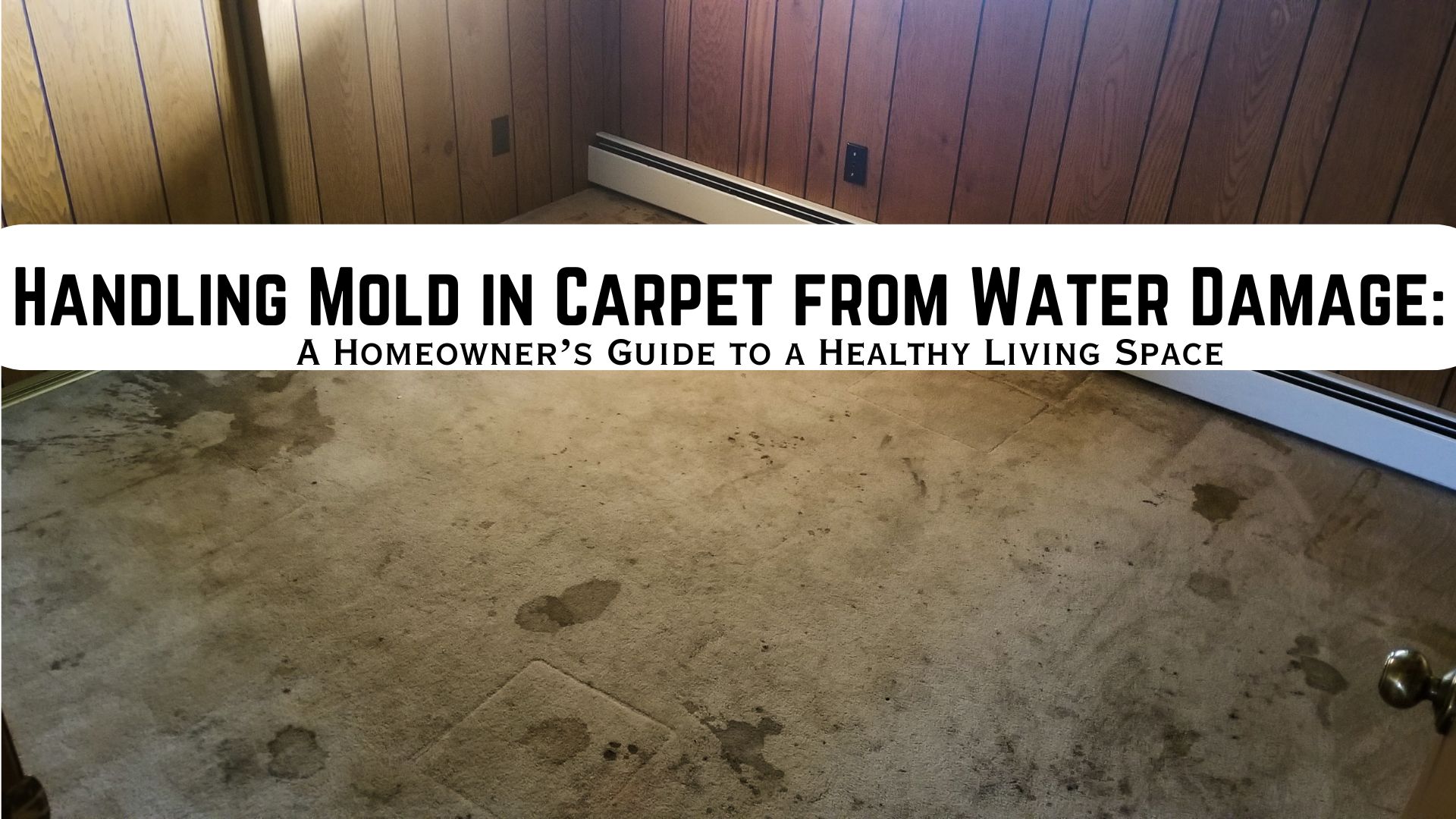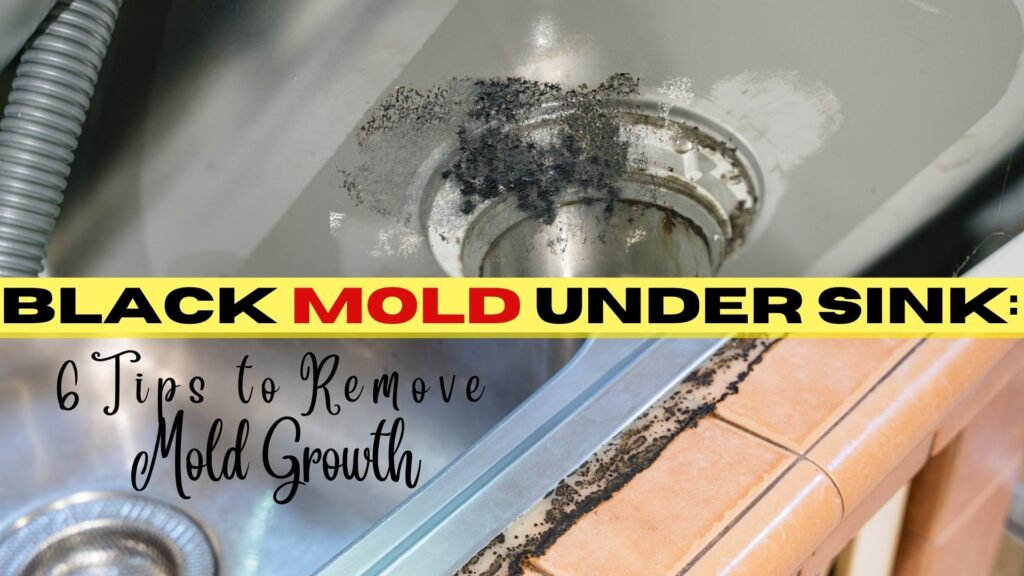
Mold is an unwelcome guest in any home, and one of the most common places it can rear its ugly head is under the kitchen sink. When you discover black mold under sink, it’s essential to address the issue promptly and effectively.
In this comprehensive guide, we will explore how to remove black mold under sink, prevent its return, and ensure a healthy living environment. We will also discuss related topics such as mold spores, protective gear, and mold remediation.
Identifying and Understanding the Problem: Black Mold Under Sink
Before you can tackle the issue of black mold under your kitchen sink, it’s crucial to understand what you’re dealing with. Mold, in this context, refers to a type of fungus that thrives in damp and dark environments, making the area under your sink an ideal breeding ground. Mold growth can occur due to various factors, including leaks, high humidity, and poor ventilation.
The Dangers of Black Mold Under Sink
Mold can be more than just an aesthetic issue; it poses several health risks. Exposure to mold spores can lead to various health problems, including respiratory issues, allergies, and skin irritation. This makes it imperative to address mold problems as soon as they’re identified.
- Identifying the Problem: The first step in tackling black mold under sink is recognizing it. Mold typically appears as dark, fuzzy patches on surfaces. It thrives in areas with high moisture levels, so it’s common to find it near kitchen sinks, where water can easily accumulate. If you see any suspicious discoloration or smell a musty odor, it’s time to investigate further.
- Understanding the Causes: Mold under the sink is often a symptom of an underlying issue. To effectively remove black mold and prevent its return, you need to identify and address the root causes of the problem. These may include:
- Leaks: Persistent leaks in the plumbing can create a consistently damp environment that mold loves. Inspect and check your pipes, faucets, and drains for any leakage signs.
- Poor Ventilation: Inadequate ventilation can trap moisture, allowing mold to thrive. Ensure your kitchen is well-ventilated, and use exhaust fans when cooking.
- High Humidity: Kitchens can get humid, especially when cooking. Use a dehumidifier if needed to keep humidity levels in check.
- Condensation: Cold water pipes can produce condensation, providing another source of moisture. Insulate pipes to prevent this issue.
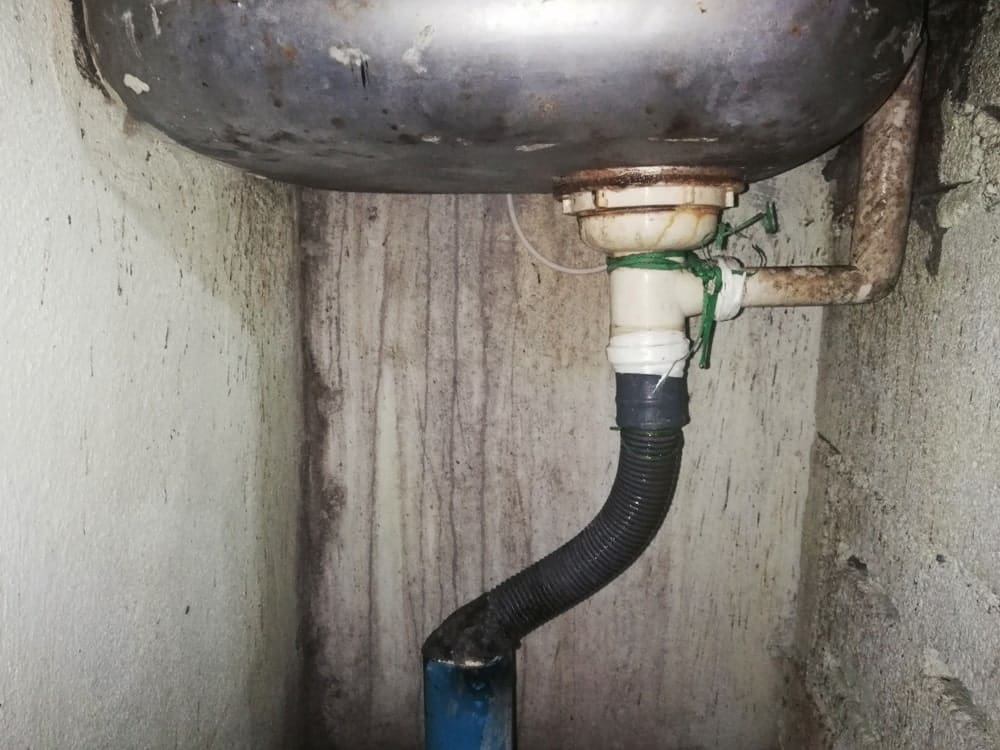
Removing Black Mold Under Sink
Once you’ve identified the mold problem and addressed its underlying causes, it’s time to remove the black mold under your kitchen sink. Here’s a step-by-step guide to help you get rid of the mold safely and effectively:
Step 1: Gather Your Supplies
Before you start the removal process, gather the necessary supplies, including:
- Rubber gloves
- Protective gear (mask and goggles)
- Baking soda
- Warm water
- Mold cleaner
Step 2: Prepare the Area
Ensure the affected area is well-ventilated. Open all the windows and doors of your home to allow fresh air to come in and circulate. This will help dissipate mold spores and reduce your exposure.
Step 3: Protect Yourself
Put on your protective gear, including rubber gloves, a mask, and goggles, to prevent direct contact with the mold and inhaling mold spores.
Step 4: Mix a Cleaning Solution
Create a cleaning solution by mixing warm water with baking soda. Baking soda is a natural and effective mold cleaner. Combine one part baking soda with two parts warm water to form a paste.
Step 5: Apply the Cleaning Solution
Use a sponge or cloth to apply the baking soda paste to the mold-infested areas under your sink. Scrub gently, ensuring you cover all the affected surfaces. The baking soda will help break down and remove the mold.
Step 6: Rinse and Dry
After scrubbing, use warm water to rinse the area and remove any remaining residue. Ensure the area is thoroughly dried, as moisture is the primary factor that allows mold to thrive.
Preventing Mold Return
Once you’ve successfully removed the mold, it’s essential to take preventive measures to avoid its return. Check out some tips below to help you maintain an environment that is mold-free:
Fix Leaks: Address any plumbing issues immediately to prevent future water accumulation.
Improve Ventilation: Ensure proper airflow by using exhaust fans, opening windows, or using a dehumidifier if needed.
Regular Cleaning: Regularly clean and inspect the area under your kitchen sink to catch any mold growth early.
Seal Grout and Caulking: If your sink is sealed with grout or caulk, ensure it’s well-maintained and reseal it if necessary.
Use Mold-Resistant Paint: Consider using mold-resistant paint in your kitchen to inhibit mold growth on walls and ceilings.
Professional Mold Remediation
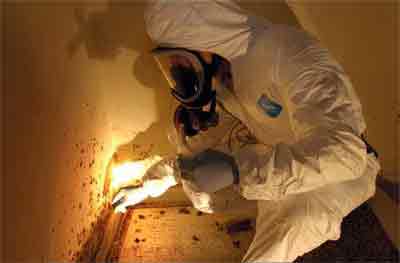
In some cases, mold problems may be extensive and challenging to handle on your own. If you have a severe mold issue or are dealing with black mold in the sink or other black mold issues, it’s advisable to consult a professional mold remediation service. These experts have the equipment and experience to safely and effectively remove mold from your home, ensuring that it doesn’t return.
Got Mold Issues? Hire Superior Restoration
Black mold under sinks can be a persistent and hazardous issue that requires immediate attention. Identifying the problem, understanding its causes, and taking appropriate measures to remove and prevent mold growth are essential for a healthy living environment. By following the steps outlined in this guide and taking preventive measures, you can ensure that your kitchen remains mold-free. Remember always to use protective gear and consult professionals when dealing with severe mold problems.
With the right approach, you can successfully remove black mold and safeguard your home from this troublesome invader. Please don’t hesitate to contact us, today!


